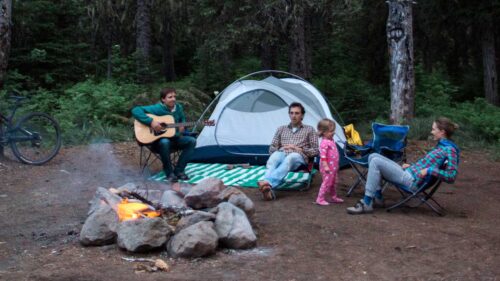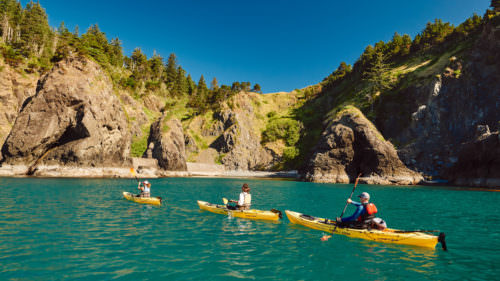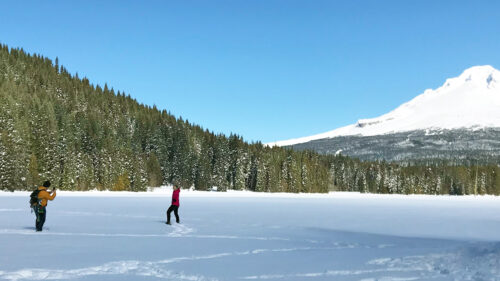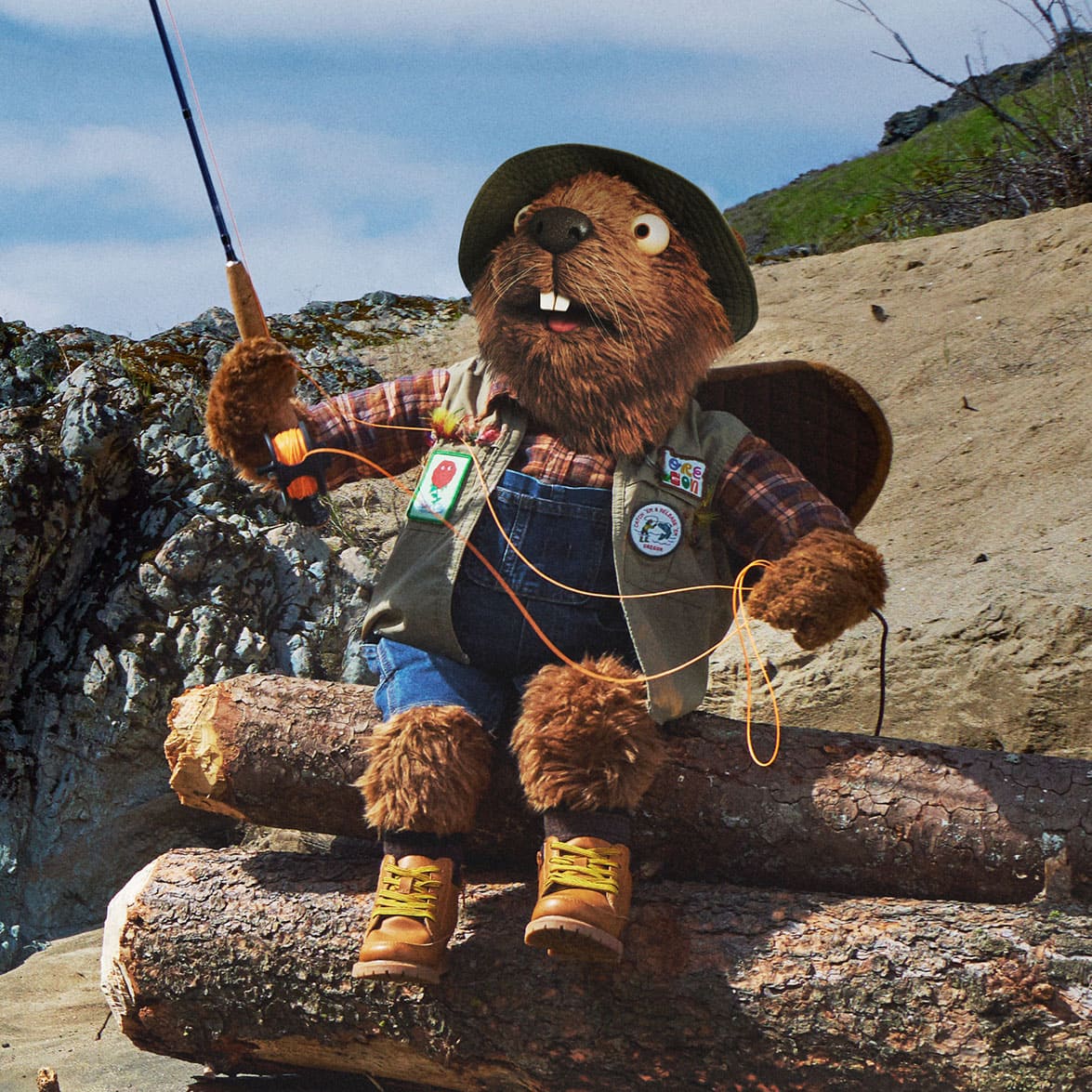With some of the country’s wildest, most scenic rivers coursing within its corners, Oregon has earned its reputation as a prime destination for rafting trips among first-timers and lifelong adventurers alike. The names read like a who’s-who in the world of river running: the North Santiam. The Rogue. The Deschutes. The McKenzie and the Clackamas. The longest undammed river in the Pacific Northwest — the John Day — sits entirely within the state.
It’s no surprise then that river trips book up fast. Even though much of the water will be snow in the mountains well into summer, it’s good to think ahead and book early. Here, some expert guides offer advice on how to find the perfect trip.
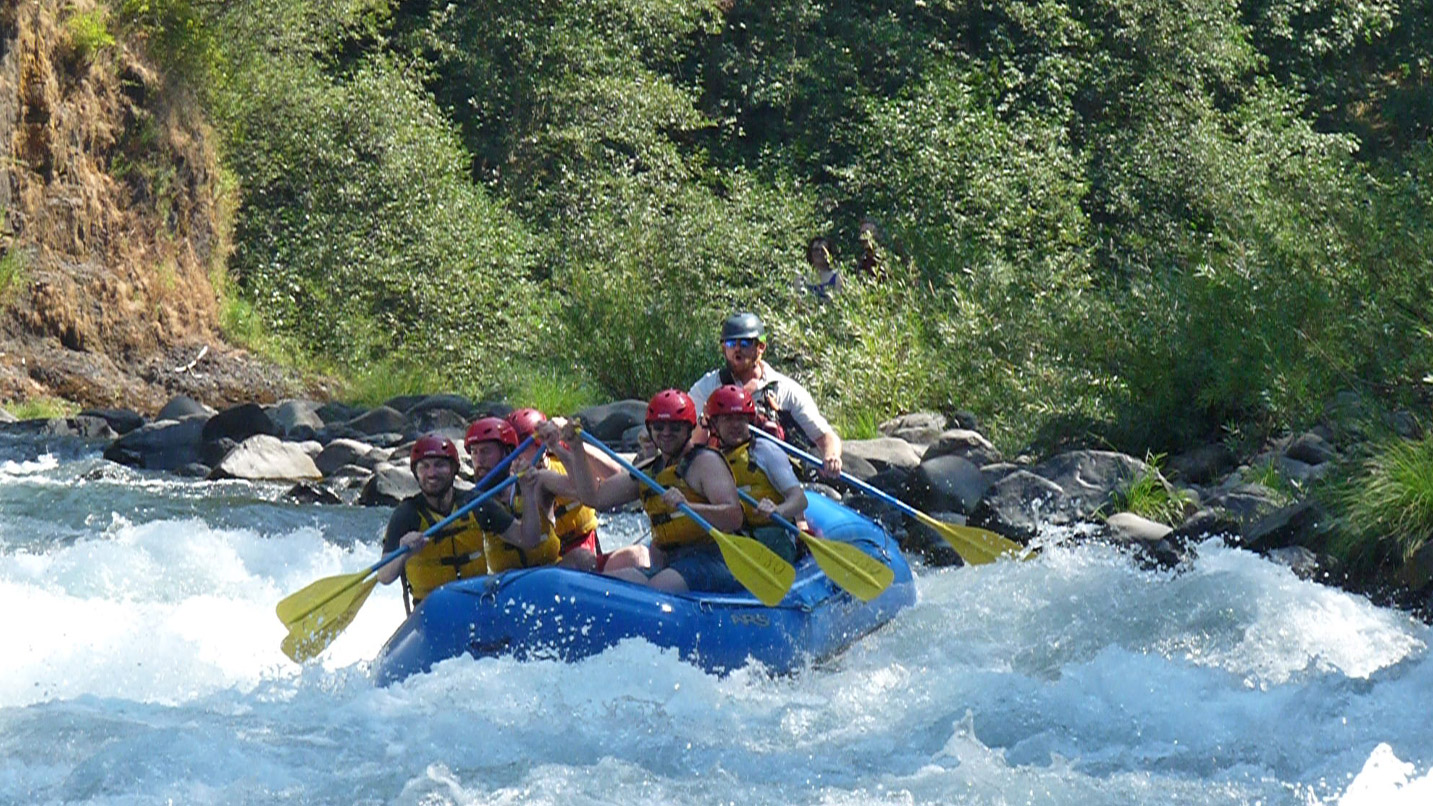
Choose Your Guide
The Rogue is by far the most popular river trip in Oregon, maybe even in the Northwest, says Peter Grubb, founder of ROW Adventures, which launches two Rogue trips a week. The reasons are obvious: It’s easy to get to, spectacular, reliable and has plenty of charismatic wildlife like bald eagles and black bears. It’s also pretty much the only river in the country where you have the option to stay at inns along the way. For those reasons, it’s critical to book ahead or be flexible with your dates.
“If you call three to four months out and say you can leave anytime over, say, a 10-day period, then your chances are a lot better than calling a month out and saying you have to leave on one day or the next,” Grubb says.
Finding out who else is on the trip is one of the most important questions you should ask your outfitter. “If you’re a mom and dad and want your kid to have this back-to-nature experience, you don’t want to be on a trip with a bunch of people celebrating their 30th high school reunion,” he says.
The second most important question: Does the outfitter have values and offer services that align with yours? Are they LGBTQ+ friendly? Can they accommodate vegan diets or someone with mobility issues? Do they believe in responsible travel and environmental stewardship?
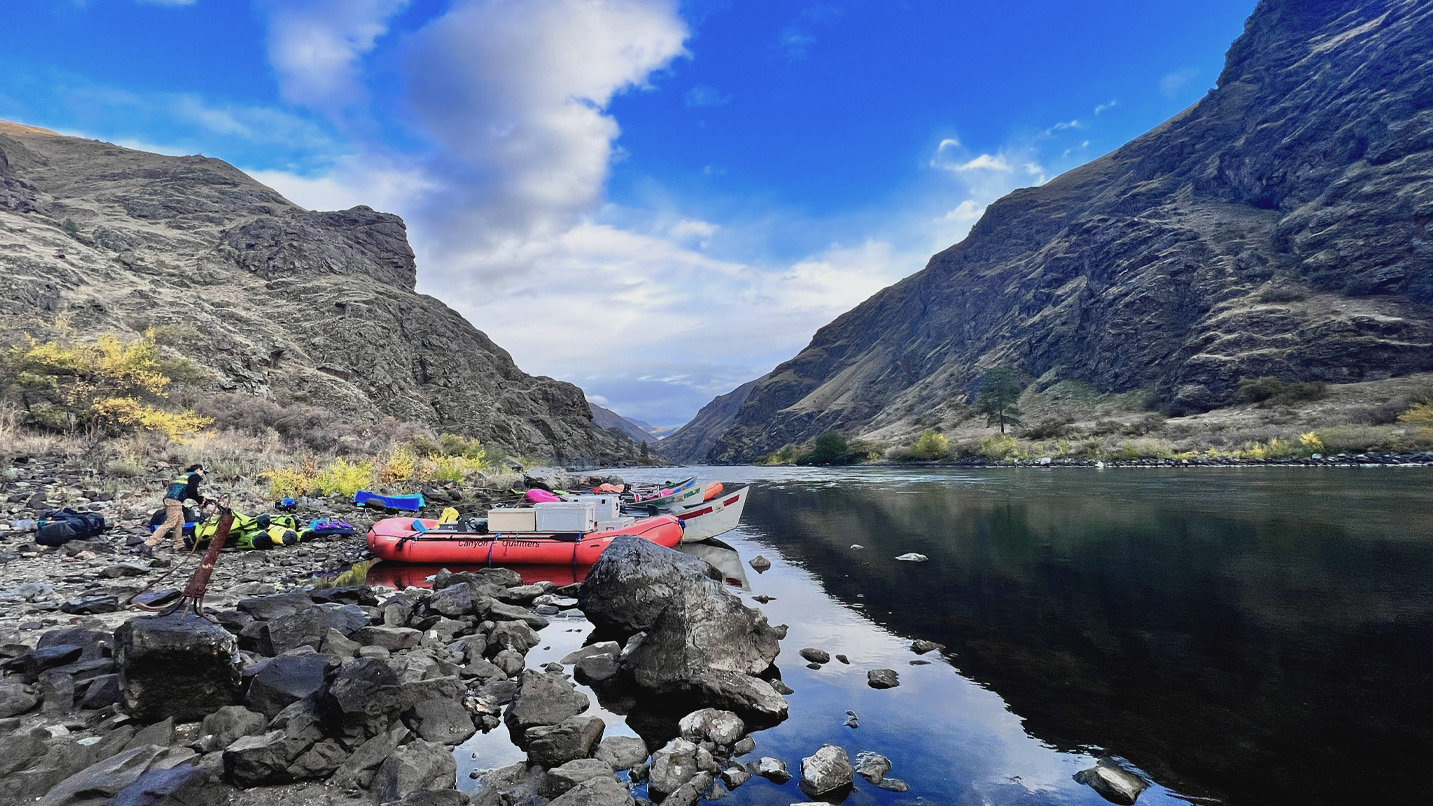
Find the Right River
Not all rivers are equal, and neither are the experiences they offer. For that reason, it’s important to know what type of adventure you’re looking for and to match that with the right river. You don’t need any special skills beyond being able to climb in and out of the rafts, navigate uneven surfaces and follow simple directions.
Some rivers, like the John Day and the Owyhee, are dependent on spring snowmelt to provide enough water to be runnable, so timing is critical. The John Day, a very mellow river with stunning canyon walls and virtually no rapids, has a very small window for rafting — typically a few weeks in May and June — and by July the water will already be too low for a raft to float. Same goes for the Owyhee, which has bigger rapids and stunning geology. If you want to fish, you might want to try the Snake, which offers great fishing and the chance to see ancient Native American pictographs. Tributary Whitewater tries to include fishing on all of its trips (you’ll need to get a license), whereas a company like ROW focuses more on nature itself.
On any multiday adventure, the guides will handle all of the food and group gear, including a toilet, but be sure to ask whether you’ll need your own sleeping bag and tent and if you’ll be responsible for pitching it yourself. If any of this sounds too time-consuming, consider doing a day trip instead. Oregon River Experiences offers day trips along the Upper Clackamas, McKenzie, Deschutes and North Umpqua, among others, and often requires only a 24-hour notice, says Todd Gilstrap, the owner.
“The big thing to consider there is to make sure the river works for your location,” he says. “If you have to drive two hours to the put-in and then drive two hours back, people have to figure out if that works with their vacation plans.”
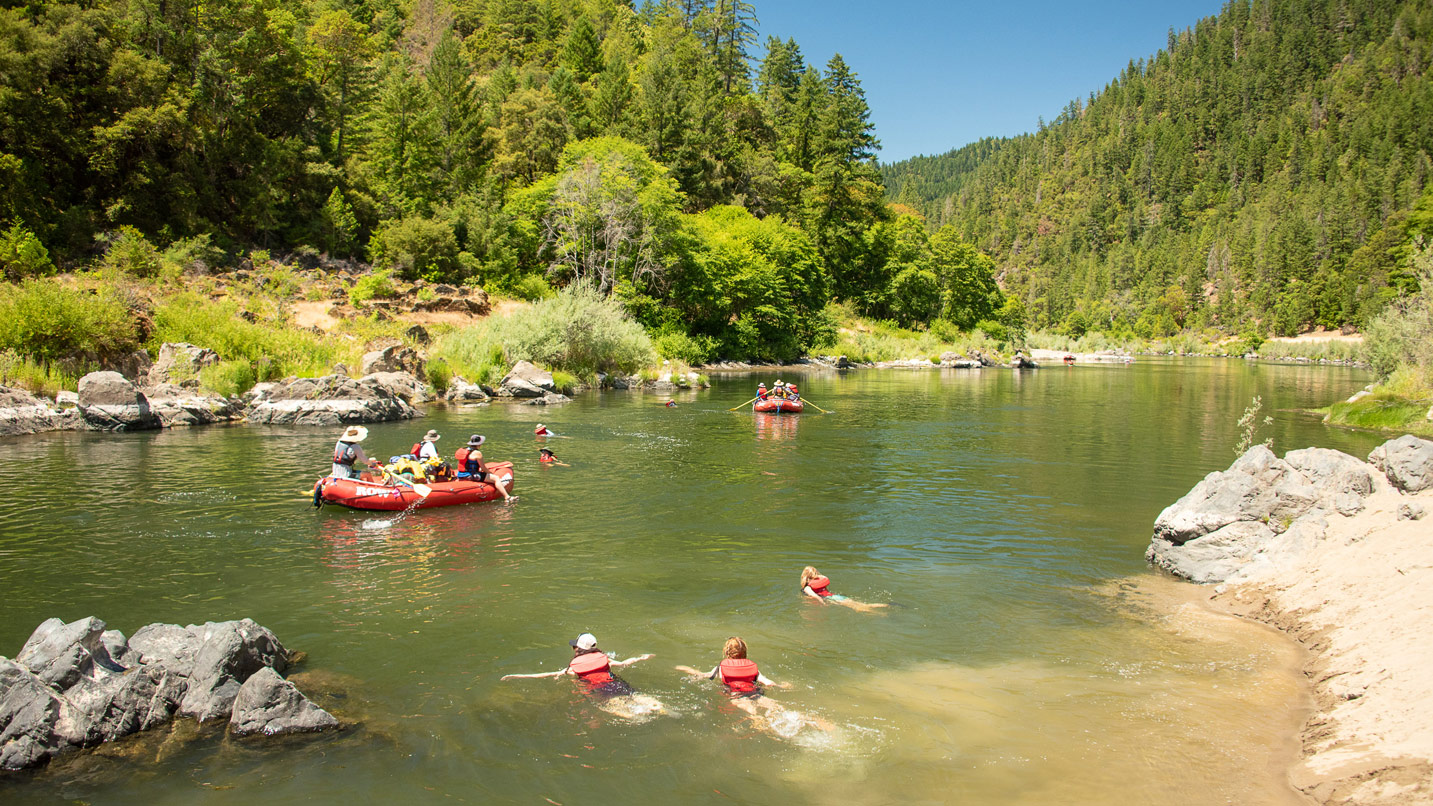
Turn Strangers Into Friends on Oregon’s Rivers
Outfitters need permits to operate on rivers, and those permits limit the number of people allowed on any trip. “The Rogue allows basically 10 guests, that’s it,” says Jeremiah Copper of Tributary Whitewater, which runs trips on the Rogue, the Snake through Hells Canyon, and the Owyhee, among others. That means if you plan far enough ahead, you could conceivably book the entire trip just for your group, he says. It also means the larger your group, the further in advance you need to book.
But don’t be worried about being on a river with strangers. Often that’s a recipe for creating new friendships.
“You’re going to be out there with people that are probably pretty similar to you in life and adventures,” Copper says. “I’ve taken many groups on different rivers and found out they all met on a Rogue trip or a Snake trip, and now they’re doing another river together.”
